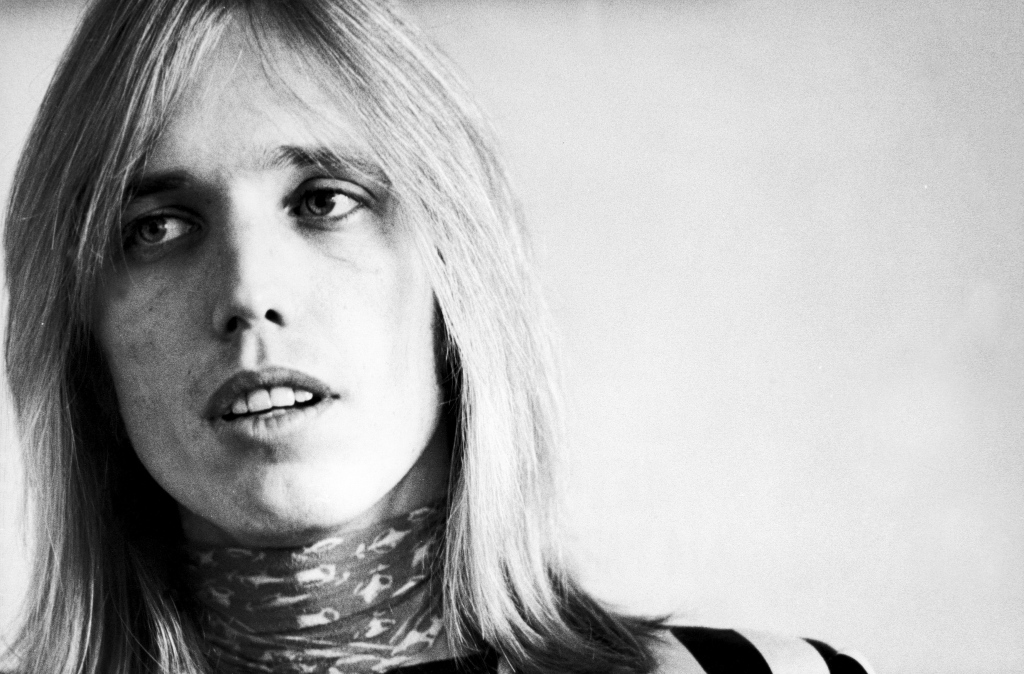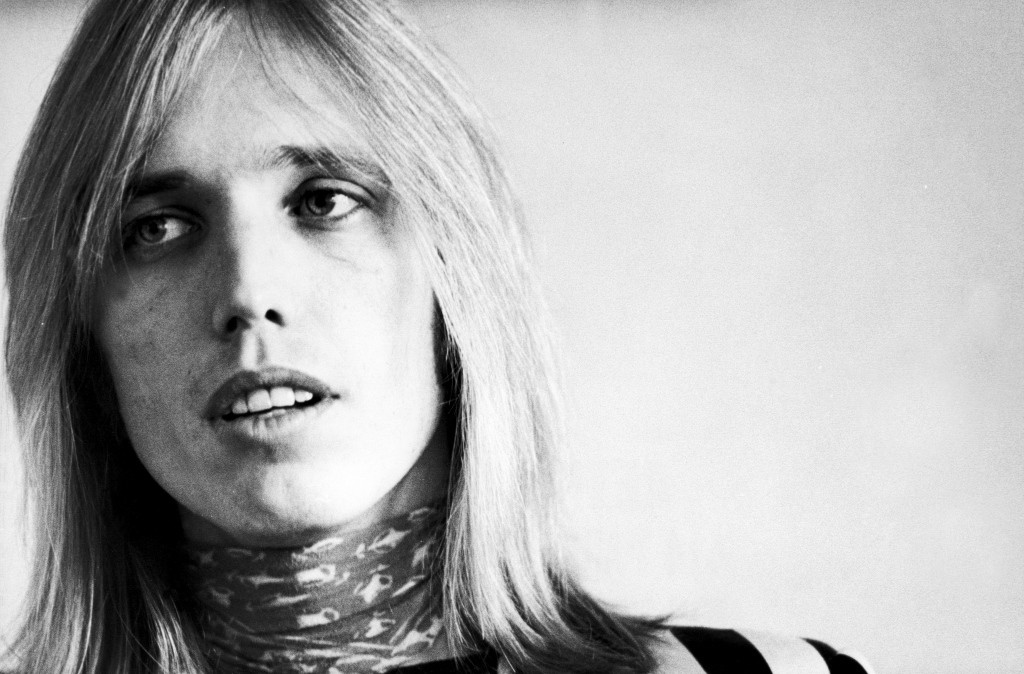Rock and roll is built on shifting sands. What reinvents the wheel one day, is old hat the next. One minute you’re the Great White Hope, the next you’re Yesterday’s News.
And in a world of ‘nearly was’, ‘has beens’, and ‘never were’, Tom Petty was a survivor. With his wide grin, sardonic expression, and electric guitar, he rocked his way through decades worth of pretenders to the throne, seeing them all off, without even seeming to break a sweat. Cool as the proverbial cucumber, Petty didn’t exactly blaze a trail, instead preferring to stand to the side, observing with detachment. And if rock is the ultimate rebel pose, Tom Petty was the smart kid who sat at the back of the class, making sarcastic comments at the expense of the teacher, all the while passing every test.
Hailing from the sunshine state of Florida, Petty was the prime age when rock and roll hit, and with the twin stars of Elvis and the Beatles providing guidance, he set out to make his own musical dreams come true, initially with his garage rock band, Mudcrutch. Stardom didn’t come easy, and soon he found himself out on his own, with the ear of the music business, and a handful of tunes. Drawing on some former Mudcrutch associates, he put together the Heartbreakers, and released his debut album in 1976.
Timing can be crucial in rock, and after his initial disappointments, Petty’s persistence paid off, big time. A sea-change was on the horizon, and by either accident or design, Petty found himself at the forefront of a new kind of rock by default, sleek and modern in comparison to the old guard he’d soon be replacing. A few years previously, Bruce Springsteen had been announced as the future of rock and roll, and with his street level songs of misfits, losers, and romantics, Petty tapped into a desire for something fresher and rawer than what heavy rock bands like Led Zeppelin were offering, while effortlessly side-stepping the try-hard stage craft of the Rolling Stones. With his leather jacket, sneer, and wry lyrics, Tom Petty looked an awful lot like punk at a time when the record-buying public was hungry for something new, while still being familiar enough not to scare away the classic rock audience.
Of course, while Springsteen and Petty were briefly considered to be punk rockers, they were made of different stuff, and as The Boss wore his heart on his sleeve, delivering earnest roots rock, Petty was something cooler, something smarter. The UK went mad for him, quickly falling for his impeccably crafted, but deliciously raw music. But behind the contemporary cool, Petty was a master song writer, and his music trapped into the classic artists of his formative years, giving him real staying power. The late seventies saw plenty of stripped back rock and rollers singing songs about real life, but few hit as hard as the likes of ‘American Girl’ or ‘Listen to her Heart’. Right from the start, Tom Petty was in it for the long haul.
He quickly established himself as a major artist, with albums like Damn the Torpedoes almost instantly gaining ‘classic’ status. The 80s saw him consolidating his position even further with some strong records and enduring singles, and while he never quite attained ‘mega-star’ status, Petty was that rare artist who comfortably straddled the two worlds of the influential rock press, and the MTV dominated pop-scene.
In 1988, alongside George Garrison, Bob Dylan, Roy Orbison, and Jeff Lynne, Petty formed the Travelling Wilburys, a strange supergroup of people who were supposed to be part their prime, but somehow briefly became one of the biggest pop bands in the planet. One again, timing can be crucial, and as rock started to grow up, Petty was growing up with it, adding gracefully, while many some of the best music of his career. ‘Free Fallin’’ and ‘Learning to Fly’ fall into that rare category of songs that you hear all the time, even still, but can never bring yourself to switch off. Raised on the greats, Tom Petty effortlessly took on than mantle himself, and wore it with dignity.
As the 80s turned to the 90s, Petty stripped things back even further, and as grunge dialled up the volume, he picked up the acoustic guitar. But while Neil Young did his best to secure the ‘Godfather of Grunge’ crown, Petty just focused on the songs, and came through the grunge wars unscathed, and with a newfound maturity. By never pushing too hard, Tom Petty never lost that sense of cool, and he always seemed to know that trying to be fashionable was the first step to being unfashionable.
In a sense, Tom Petty’s story is like that of the Tortoise and the Hare. While others played the game, and bent over backwards for the record industry machine, Petty took it easy, and did things his way. And while many of his contemporaries crashed and burned, Petty’s slow and steady approach won the race.
He leaves behind one of the best loved and most acclaimed back catalogues in rock, and while he never conquered the world, he never really set out to do that anyway. After all, if rock is built on shifting sands, sometimes the smart move is to just lie back, put your shades on, and let it all happen around you. When everyone else has fallen down, you’re still where you always were, making it look easy. Steven Rainey
Photo by Michael Putland/Getty Images







